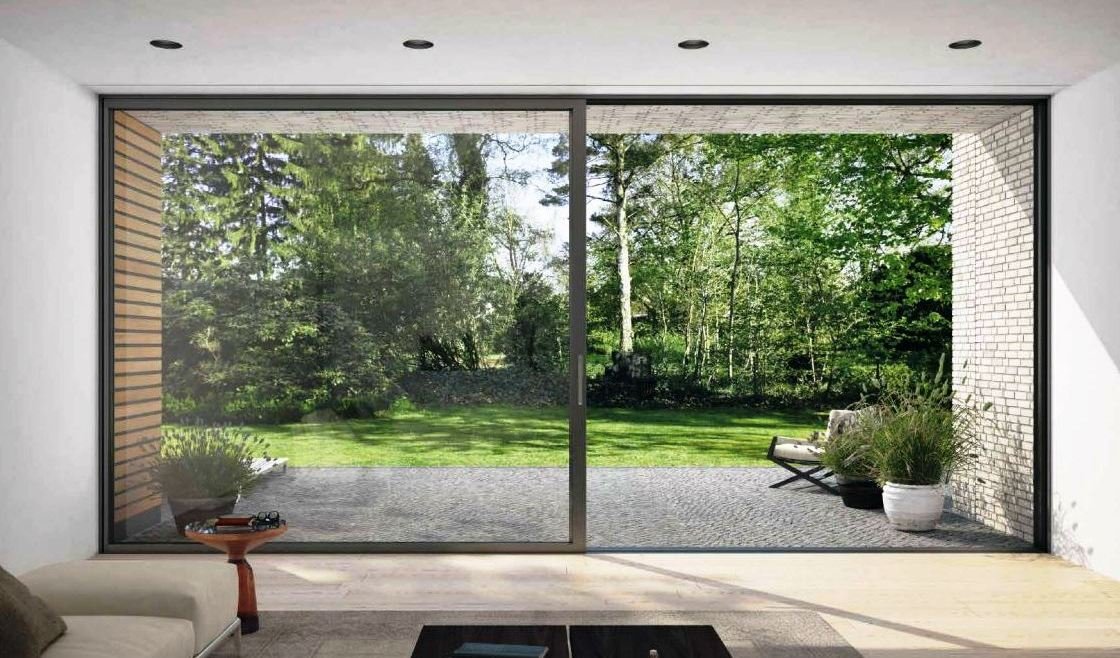Glass sliding doors are a beautiful addition to any home, providing a sense of openness and natural light that traditional doors cannot match, Glazen Wanden Specialist has the most beautiful glass sliding doors. In this article, we’ll explore the technical aspects of glass sliding doors, including the materials and techniques used to create durable, high-quality doors. We’ll also touch on the installation process and how to properly maintain and care for your glass sliding doors over time.
Introduction
Glass sliding doors have been around for decades and have become increasingly popular in recent years, especially in modern homes. They are a great way to create a seamless transition between indoor and outdoor living spaces, providing natural light, easy access, and great views. With proper design and construction, glass sliding doors can also be durable and secure, protecting your home from the elements and intruders.
Materials Used in Glass Sliding Doors
The quality of the materials used in glass sliding doors plays a significant role in their longevity and durability. Here are some of the materials commonly used in the construction of glass sliding doors:
Glass
Glass is the primary material used in the construction of sliding doors. High-quality tempered glass is the best option for durability and safety. It is resistant to impact and thermal stress and can withstand extreme temperatures.
Frames
Frames hold the glass panels in place and support the weight of the door. The most popular materials used for frames are aluminum, wood, and vinyl. Aluminum frames are the most durable and require minimal maintenance, while wood frames provide a natural aesthetic but require more upkeep.
Hardware
Hardware is the mechanism that allows the door to slide open and close smoothly. The most popular hardware materials include stainless steel, brass, and bronze.
Read more:7 Things to Consider Before Choosing a Lock for Your Home
Techniques Used in Glass Sliding Door Construction
The construction of glass sliding doors involves several techniques to ensure the door is strong, durable, and easy to use. Here are some of the techniques used in the construction of glass sliding doors:
Tempering
Tempering is the process of heating glass to high temperatures and then rapidly cooling it to increase its strength and durability. Tempered glass is more resistant to impact and thermal stress than non-tempered glass.
Laminating
Laminating involves sandwiching a layer of plastic between two pieces of glass. This technique makes the glass more resistant to breakage and improves its ability to resist intrusion.
Insulation
Insulation is crucial for reducing heat loss and noise transmission through the glass sliding door. The most common type of insulation used is double-glazing, which involves two panes of glass separated by a layer of air or gas.
Installation of Glass Sliding Doors
The installation of glass sliding doors requires careful attention to ensure a tight seal and proper operation. Here are some of the steps involved in the installation of glass sliding doors:
Preparation
The first step in installing glass sliding doors is to prepare the opening by removing any existing framing, insulation, and debris.
Measuring
Accurate measurements are crucial for ensuring a proper fit of the door. The width and height of the opening, as well as the thickness of the wall, must be measured.
Frame Installation
The frame of the door is installed first, ensuring that it is level and plumb. The frame is then secured to the wall with screws or anchors.
Glass Panel Installation
The glass panels are installed next, ensuring that they fit tightly into the frame and are securely held in place.
Hardware Installation
The hardware is installed last, ensuring that the door slides smoothly and securely.

